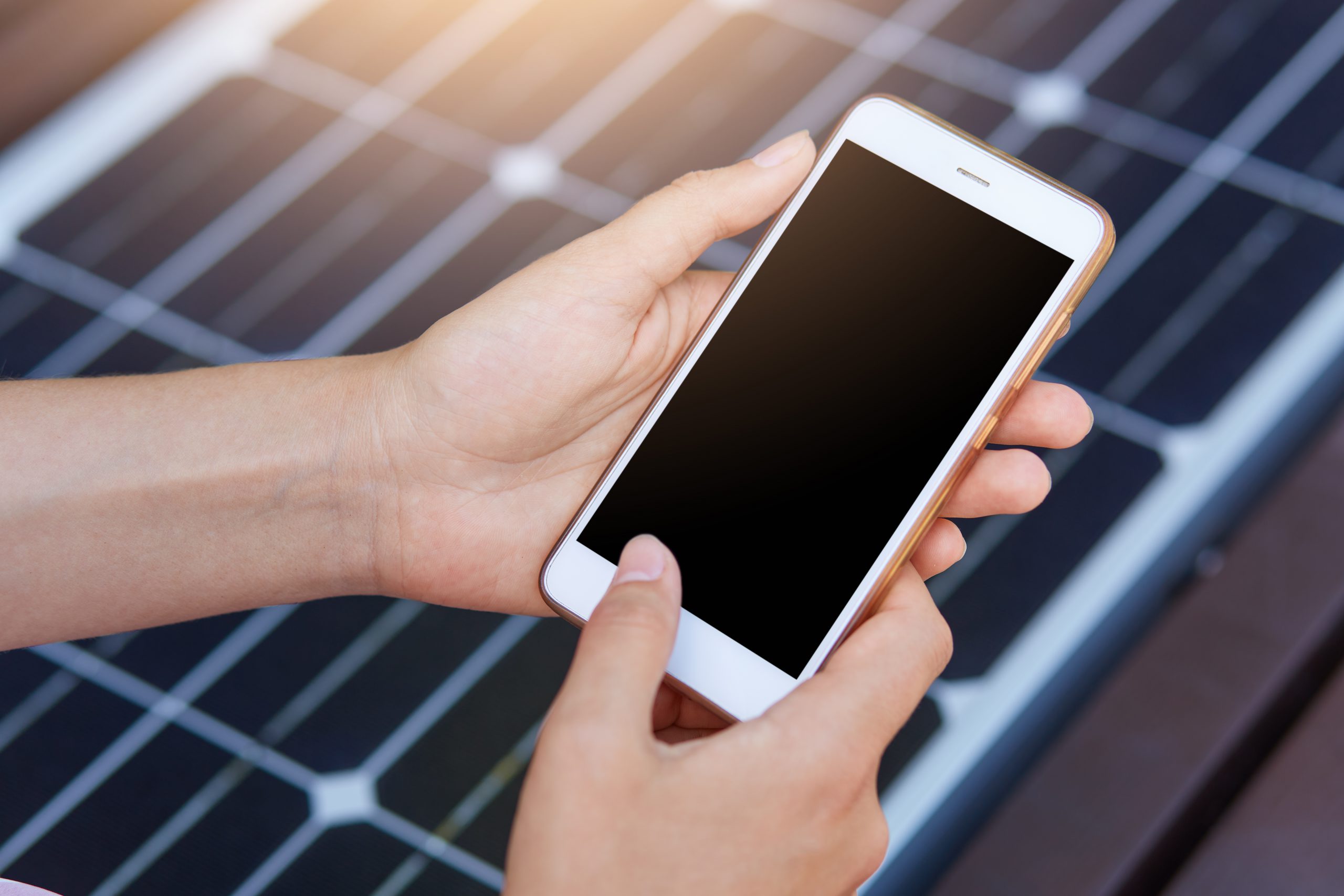As smartphones become increasingly prevalent in our daily lives, it’s important to consider their impact on energy consumption. According to a study by the Natural Resources Defense Council, smartphones and tablets account for 10% of total residential energy consumption in the United States. However, there are several simple steps you can take to reduce the energy usage of your smartphone and save money on your energy bills.
- Turn off push email. Push email can significantly drain your battery by constantly checking for new messages in the background. Instead, set your email to fetch new messages manually or on a set schedule.
- Dim your screen. The brighter your screen, the more energy it consumes. Reduce the brightness of your screen to the lowest comfortable level to save energy.
- Turn off vibrate. Vibrate mode uses more energy than ring mode, as it requires the phone’s motor to constantly turn on and off. If you don’t need the added discretion of vibrate mode, consider turning it off to save energy.
- Use airplane mode when possible. Airplane mode shuts off all wireless connections on your phone, including cellular, WiFi, and Bluetooth. This can significantly reduce energy consumption, especially when you’re in an area with poor reception or you don’t need to use any wireless features.
- Close unnecessary apps. Apps that are running in the background can consume energy, even when you’re not actively using them. Close any apps you’re not currently using to save energy.
- Use power-saving mode. Most smartphones have a power-saving mode that can be activated to extend battery life. This mode typically reduces the phone’s performance and limits certain features, but it can be a useful way to conserve energy when you’re running low on battery.
- Charge your phone efficiently. Avoid charging your phone to 100% and instead aim for a charge between 50% and 80%. This can help extend the overall lifespan of your battery. Additionally, try to use a power source with a high energy efficiency rating to minimize the energy used during charging.
- Use a low-energy charger. Some smartphone chargers are more energy-efficient than others. Look for chargers with the Energy Star label, as these have been certified to meet strict energy-efficiency standards.
- Avoid extreme temperatures. Excessive heat or cold can damage your phone’s battery and reduce its overall lifespan. Try to keep your phone at room temperature to extend its battery life.
- Upgrade to a newer, more energy-efficient phone. As technology advances, newer smartphones tend to be more energy-efficient than older models. If you’re in the market for a new phone, consider purchasing one with an energy-efficient design to save energy in the long run.
By following these simple tips, you can significantly reduce the energy consumption of your smartphone and do your part to protect the environment.
